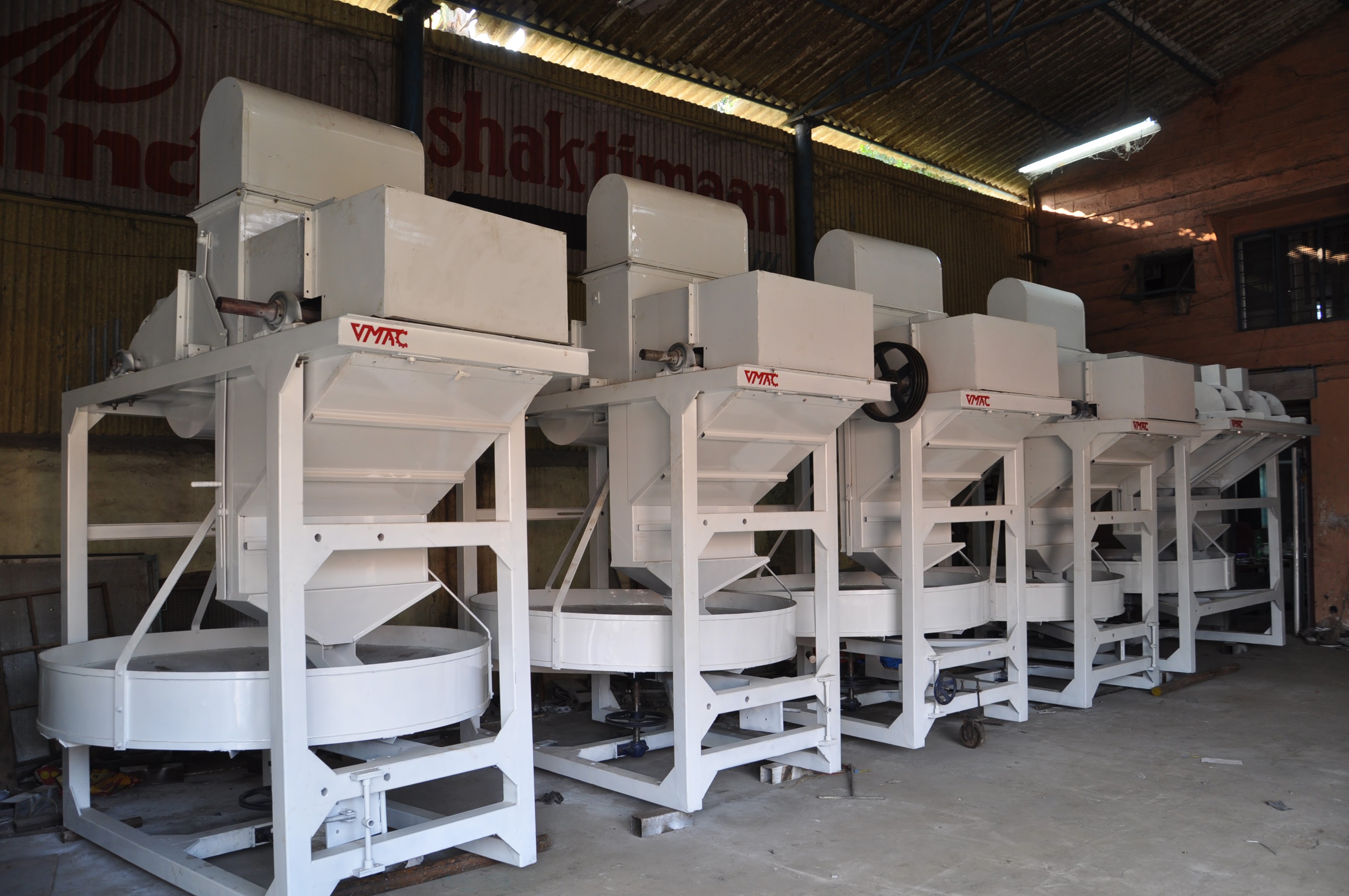
Production
Mastering Coffee Production
At Vmac Industries, we've mastered the balance between traditional craftsmanship and modern technology.
Explore how strategic facility design and the integration of advanced technologies can streamline operations, boost productivity, and future-proof your coffee plant.
As consumer demands evolve and competition intensifies, coffee producers are increasingly tasked with optimizing every aspect of their operations—from initial bean reception to final packing and storage. Modernizing your coffee facility isn’t just about upgrading a few machines; it involves rethinking the entire layout and exploring automated solutions that can streamline workflows, enhance safety, and improve overall efficiency. This guide will walk you through the key considerations and benefits of bringing your coffee facility into the modern era.
A coffee facility designed in the past decade may now face operational bottlenecks and rising labor costs, while missing out on the productivity gains offered by today’s machinery. By modernizing, you can:
Maximize Throughput: A well-thought-out layout and automated equipment minimize idle time and ensure that coffee flows smoothly through each processing stage.
Enhance Product Consistency: Automated systems reduce human error, leading to more uniform bean sorting, hulling, or roasting.
Improve Labor Utilization: Automation frees up staff from repetitive tasks, allowing them to focus on quality control or other high-value roles.
Meet Future Demands: A flexible facility can swiftly adapt to new product lines, increased volumes, or shifting market trends.
Before embarking on a modernization journey, take a close look at your existing plant’s design and identify inefficiencies:
Workflow Bottlenecks
Are there processing stages that slow down the entire operation? For example, does your pre-cleaning station keep up with the pulper’s output?
Equipment Placement
Is machinery arranged in a logical sequence, or do workers transport beans back and forth unnecessarily? A streamlined layout places connected processes side by side.
Safety and Compliance
Updating layout can also improve compliance with health and safety standards. Check walkways, emergency exits, and dust-control measures.
Future Expansion Possibilities
Even if you don’t need extra capacity now, plan for potential growth. Can new machines or extra storage areas be added without a total redesign?
Automation isn’t limited to large-scale plants anymore. Mid-sized and even small coffee facilities can benefit significantly from modern machinery:
Material Handling Systems
Automated conveyor belts, bucket elevators, or pneumatic conveyors move beans efficiently, reducing manual labor.
Automated Sorting
Gravity separators, color sorters, and destoners can identify and remove defects with precision, ensuring consistent quality.
Advanced Roasting Solutions
Modern roasting machines feature programmable profiles, data logging, and real-time adjustments, offering greater control over flavor.
The Internet of Things (IoT) and cloud-based software offer compelling ways to track, analyze, and optimize coffee processing in real time:
Sensor Technology
Placing sensors on machinery can track temperature, vibration, or output rates, alerting managers to performance dips before breakdowns occur.
Real-Time Monitoring
Cloud-based dashboards allow remote monitoring of key performance indicators (KPIs), whether you’re off-site or managing multiple facilities.
Predictive Maintenance
AI-driven analytics can forecast when equipment parts are likely to fail, enabling proactive maintenance and minimizing unplanned downtime.
Linear Flow
Arrange machinery so that beans move in a straight or U-shaped path from reception to packaging, minimizing cross-traffic.
Clear Segregation of Stages
Group pre-processing machines (like pre-cleaners and pulpers) in one zone, sorting and grading in another, and roasting and packaging in yet another.
Ample Space Around Equipment
Reserve space for maintenance access, cleaning, and safe operator movement.
Proper Ventilation and Dust Control
Prioritize worker safety and product quality by installing dust-extraction systems or ventilation to remove chaff and airborne particles.
Consider the volume of beans you process daily or seasonally. For higher volumes, a system of conveyors or pneumatic tubes could replace manual transport or forklift operations. This upgrade not only reduces labor costs but also speeds up the entire process, preventing bottlenecks at critical points like pulping or grading.
No matter how advanced the machinery, improper operation can lead to accidents, subpar output, or frequent breakdowns. Employee training is crucial:
Skill Development: Train operators to handle new equipment confidently, understanding both basic functions and troubleshooting steps.
Safety Protocols: Modern machinery often features automated safety sensors or emergency stops, but workers must still practice safe operating procedures.
Cross-Training: Encouraging cross-training in different areas promotes flexibility, letting workers shift roles during busy seasons or staff shortages.
Modernizing your facility isn’t just about addressing current needs—it’s a forward-looking investment:
Specialty Coffee Production
If you anticipate expanding into specialty-grade coffee, incorporate sample hullers, micro-lot storage areas, or advanced roasters.
Global Certifications
Consider equipment that meets international safety and sustainability standards, simplifying export compliance for new markets.
Renewable Energy Options
Investigate solar panels or heat-recapture systems that align with eco-friendly business strategies, appealing to ethically minded consumers.
A mid-sized Latin American coffee processor upgraded its layout to include automated conveyors linking Coffee Pulpers, Destoners, and Gravity Separators in a linear flow. This reconfiguration reduced manual bean handling by 60%, cut labor costs by 25%, and increased total throughput by 35%. The facility now operates more consistently, with employees assigned to higher-value tasks like quality assurance rather than repetitive movement of beans.
Modernizing your coffee facility, from the initial layout to full-scale automation, is a strategic move that yields multiple benefits: higher productivity, improved bean quality, enhanced worker safety, and long-term scalability. While the initial investment can be significant, the returns—measured in efficiency gains, reduced labor expenses, and premium bean output—often justify the effort. By systematically assessing your current setup, embracing automation, and planning for future trends, you position your coffee operation for sustainable growth and success.
Lastest blog posts